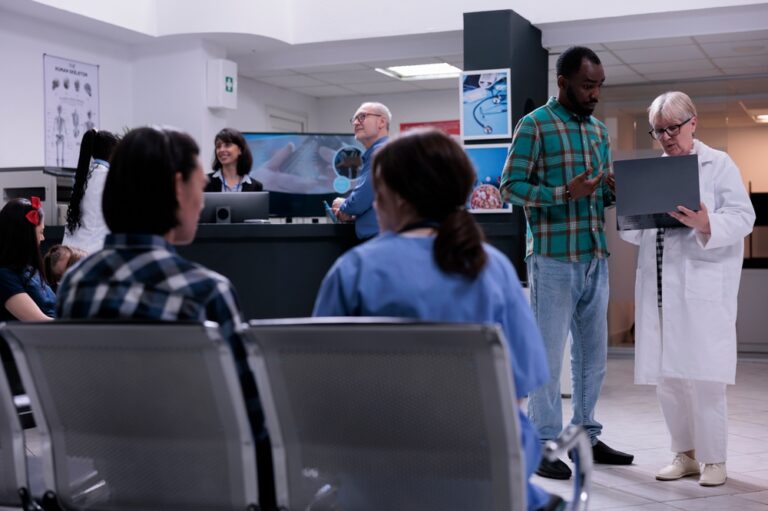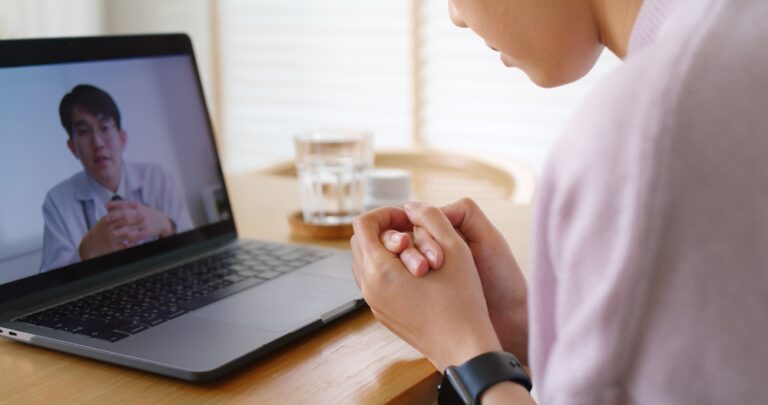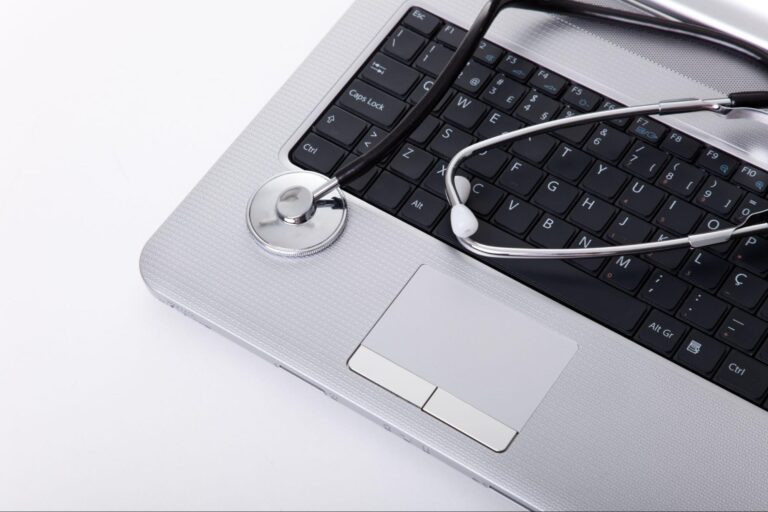Technology has been utilized by physicians during the COVID-19 pandemic to provide care to patients without increasing their risk of being infected with the novel coronavirus. Telehealth, telemedicine and mobile health (mHealth) are three of the primary technologies being used to provide virtual care during the pandemic.
According to Healthcare, an international, peer-reviewed and open access journal, advantages provided by mHealth for the patient in the pandemic era are:
- Promoting a healthy lifestyle and improving the awareness, active participation and motivation of individuals for health care solutions and technologies.
- Facilitation and speeding up of doctor/patient communication and treatments tailored to the patients anywhere without the need for a stable/fixed workstation.
- Increase in the autonomy and safety of the patient who can be remotely monitored and located using the mTech (e.g., smartphone, smartwatches, wearable sensors, wearable devices).
- All the advantages inherited from telemedicine for all actors involved in healthcare.
- Improving social distancing without sacrificing the continuity of care.
- Decreasing, as a consequence of the previous point, the risk of contagion from Sars-CoV-2, through, for example, the use of triages procedures using mHealth.
mHealth utilizes mobile devices to support healthcare practices. With mHealth services, patients are able to log, store and monitor their health records on their personal mobile devices. mHealth apps generate more user activity than other mobile device apps such as online banking, and the health and medical industry has been named one of the top three fields to accelerate the growth of mobile devices.
mHealth has the ability to improve the overall healthcare system by improving efficiency, communication, costs and quality of healthcare services. The Healthcare (HIMSS) suggests that clinicians are using mHealth tools to collect bedside data, monitor data from remote devices, transmit data and coordinate care continuity, conduct telemedicine visits, communicate with patients and integrate data into an electronic medical record (EMR).
More than half of smartphone users leverage mobile devices to research or gather health information online, and approximately 64 percent of adults in the United States regularly use an health app to measure health metrics. Roughly 40 percent of physicians believe mHealth applications such as telehealth could cut down on the number of in-office visits, and more than 70 percent of patients say it would be helpful for their physician to have access to the health data captured by their mobile app.
To ensure the operability of mHealth apps, three areas developers need to consider to provide mHealth app users with an optimal experience include:
- Onboarding: The app installs, launches and runs consistently on its target devices and operating systems.
- Connectivity: If applicable, the app connects consistently to any and all peripheral or accessory devices, such as Bluetooth, as well as third-party mobile applications or software needed to operate the app or marketed to use in conjunction with the app.
- Access to app publisher: Users have a way to contact the app publisher for technical support.
To find out more about how mHealth technology promotes improved provider-patient communication, download our white paper.





